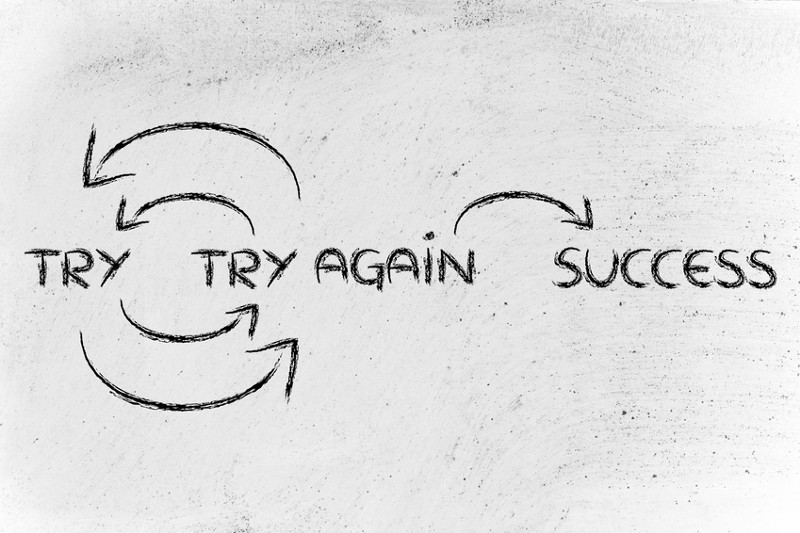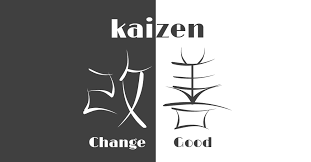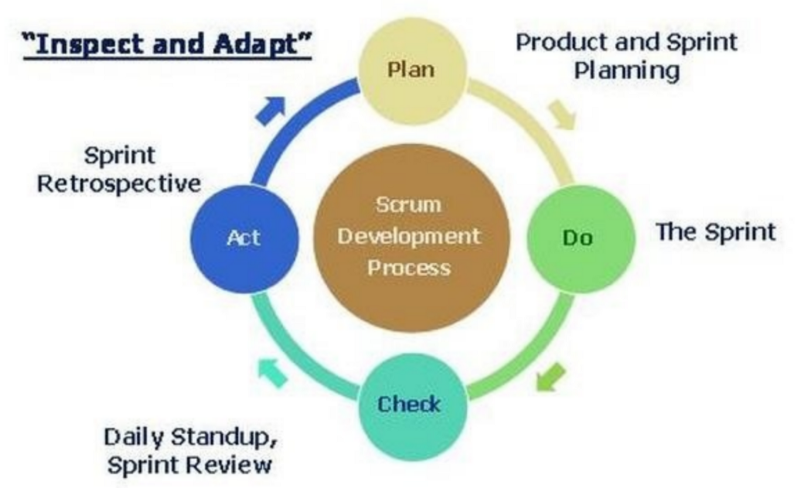Sprinting is running over a short distance in a limited period of time. It is used in many sports that incorporate running, typically as a way of quickly reaching a target or goal, or avoiding or catching an opponent.

Why Short Sprint?
You should have an iteration short enough to keep the team focused but long enough to deliver a meaningful increment of work. The Scrum Guide limits the sprint length to one month.
Failing Fast — Too small to fail
The advantage of short Sprint is coming from the strategy of trying something (failing fast), getting fast feedback, and then rapidly inspecting and adapting. In the presence of high levels of uncertainty, it is often less expensive to start working on a product, learn whether we made a good decision, and if not, kill it fast before more money is spent.

Similar to the idea of Kaizen (改善), it is the Japanese word for “improvement”. In business, kaizen refers to activities that continuously improve all functions and involve all employees from the CEO to the assembly line workers. The results of those changes are analysed and the fine-tuning resumes. In that way the productivity or quality of the task being performed can be improved. Making small changes little by little is far more effective than trying to tackle everything in one go.

The idea is to make changes so easy that it would be hard to fail in their implementation. First we created the habit of changing. Then we add new changes or nudge the milestone of a change a bit further, so we can improve incrementally. It’s important to apply adjustments one by one. The idea is to avoid the complexity of choosing what to apply and when. That way we will be able to analyse the result of each of these minor improvements. If we apply several at the same time, we won’t know which one has worked and which hasn’t. Or whether the effect of one has cancelled out another.
Scrum — Continuous Improvement
The scrum framework is based on empiricism which relies on transparency, inspection, and adaptation. The scrum events and artifacts assist in regular inspection and adaptation that leads to continuous improvement.
During the sprint planning, the scrum team inspects the product backlog and adapts the sprint goal, forecast, and sprint backlog. During daily scrum, the development team inspects the progress towards the sprint goal and adapts the sprint backlog. During the sprint review, the scrum team and stakeholders inspect the increment, sprint, and product backlog and adapt the product backlog.

Finally the sprint retrospective, which is a formal event for scrum team’s improvement, the scrum team inspects the sprint around people, relationships, processes, and tools and adapts by having actionable and committed improvements.

